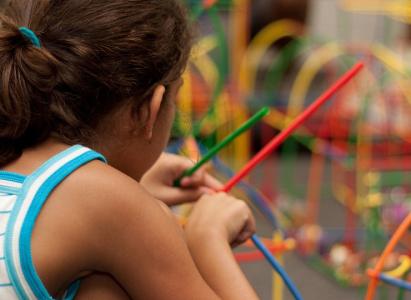Many years ago I taught a senior seminar called Political and Philosophical Thought to high school seniors in which we read, among other things, Dante’s Inferno. The images in that text are so powerful that not long into our first discussion I decided that students should not be restricted to traditional notetaking, but also to be able to draw, paint, doodle, whatever they wanted, while we held our Harkness-style discussions.
Traditionally in this class, students wrote two academic essays each semester based on one of our readings. Again it was the power of Dante that inspired me to offer an alternative. Students could choose to replace one traditional essay with an artistic expression of their choice, as long as they were able to explain verbally their critical thinking of an aspect of the text that stimulated their work. Over the years my students came up with some extraordinary work (musical, theatrical, painting, sculpture…). It has to be said they were pretty extraordinary students to boot.
This memory came back to me the other day in the course of one of our sessions on the learning principles facilitated by Patrick Alexander. The theme of the discussion was “Confidence, Courage and Criticality” and we picked up from the last session by talking about “fear and failure.” In our break out groups it quickly became clear that discussions about fear almost inevitably led to the question (or the problem) of assessment. Hence my memory.
Drawing from the work of Felix Guattari and Gregory Bateson, Patrick urged us to consider the need for an ecological perspective in order to challenge institutional constraints (read high-stakes assessments) and eloquently asked us to consider this question: What kind of action [critical praxis] demonstrates professional authenticity?
It is only fair to admit that when I was teaching Political and Philosophical Thought it was in a school that did not teach to any external exams and we had an enviable amount of freedom. Obviously there are very real constraints if students are facing formal exams at the end of their schooling and a great deal of pressure on secondary teachers to “cover all the content.” I think, though, about the lectures Lynn Newton gives to PGCE International students about teaching for creative and productive thought. Thinking creatively, problem-solving, finding new ways of expressing one’s learning, making connections, these are all skills that come into play in those high-stakes exams and it might very well be that content “sticks” when associated with visual, auditory or some other form of intellectual engagement.
The current discourse on education often emphasises the importance of promoting student voice and choice. If we are thus to retain our integrity as educators, then I believe we have an obligation to engage in inclusive teaching and assessment practices that allow students to demonstrate their learning in diverse ways. If we want students to have the confidence to push themselves, to explore, then we can model this by allowing ourselves to be vulnerable, to not know, to experiment and to question.
In our conversation with Patrick one colleague spoke about how confidence can look like being comfortable with uncertainty. When I offered my students the option of expressing their analysis of a text through music or art, I didn’t realise how much they would end up teaching me. By letting go of my hold on the text, the rubric, and the standard means of evaluating their work, I believe I gave students agency not only in the way they expressed their learning but also in defining the learning that took place. When I look back it is with deep appreciation for that experience in the co-construction of knowledge.
Toward the end of our session another participant mentioned that teachers need to feel confident in their practice before they are able to give choice to their students. But how wonderfully gratifying it is to develop students’ courage, confidence, capacity for critical thinking and creativity by testing our own.
